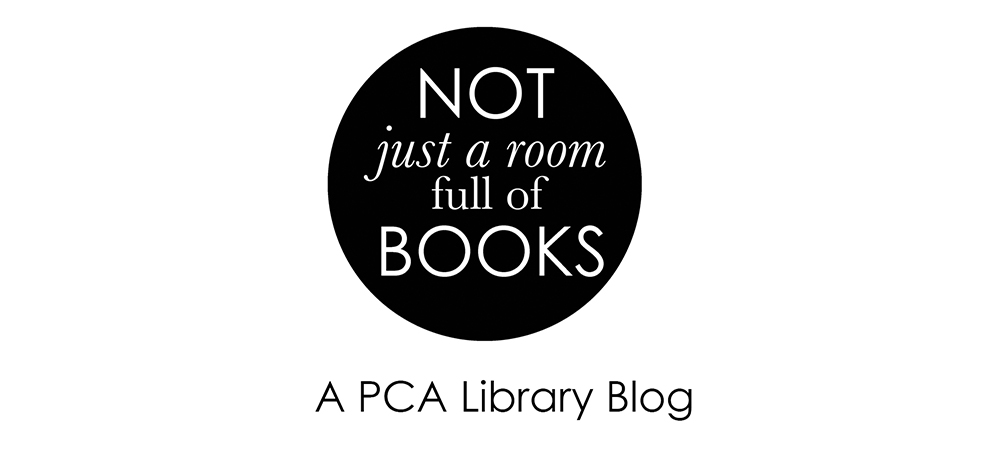The big news
from the Library has been its move from the top floor to its brilliant new
ground floor location, which took place over the summer. However, despite the upheaval
of packing up the Library and moving it lock, stock and not quite smoking barrel
to its new location to be unpacked and arranged on the gently curving sparkly new shelving, the acquisition of new library stock continued throughout
the commotion caused by the move.
Glorious new
books to appeal to the photographer are as follows:-
American
Music by Annie Leibovitz Jonathan
Cape, 2003
Annie
Leibovitz's extraordinary career took off in San Francisco in 1970 when she
first submitted a portfolio to Rolling Stone magazine. By 1973 she was
the magazine's chief photographer. Her subjects include Ray Charles, Bob Dylan,
Aretha Franklin, Al Green, Bruce Springsteen, Bryan Adams, Dolly Parton, Marvin
Gaye, Chuck Berry and even Philip Glass. She has created a body of new work for
the book, covering the landscape of American music - the juke joints of the
Delta, Graceland, B. B. King at his hometown of Indianola in Mississippi and
the Carter family in Virginia. The book is a tribute to a great culture in its
widest form by the photographer who has understood more than anybody the power
of the iconic image. Annie Leibovitz's previous book, Women,
with Susan Sontag, was published by Jonathan Cape in 1999.
Photography deepens our connections to the world around us,
to ourselves, and to one another. In this new and innovative series, Aperture
works with the worlds top photographers, many of whom also teach, to publish
their core thinking on photography making their experience, insight, and
knowledge accessible to a wider audience, including students. Each title in the
series will provide an essential primer on the photographer’s area of expertise
and creative process. The key points of their practice are presented in the
photographers own words, and will answer the questions they are asked most
frequently. The commentary will accompany a selection of fifty photographs iconic
images by each featured photographer, as well as key images by others that have
influenced their thinking and work. Both individually and collectively, each
book in the series functions as a workshop in a book, serving as an indispensable
tool for students, teachers, and everyone who wants to take better pictures or
learn to look at them in a more informed way.
Since the
2006 photographic digital revolution, the world of professional photography has
been on a roller-coaster of evolution. Not only has new camera technology
transformed every aspect of the professional photographer’s workflow, but it
has also changed business practices across the industry. This essential
handbook uses a global approach to teach photographers how to thrive in a
fast-changing and competitive international marketplace. Highlights include
practical examples and detailed advice about:
Being well-versed in creating both still and moving images.
Designing and maintaining a well-structured website.
The importance of engaging with social media.
Exploring personal projects to find new clients.
Managing print sales and exhibiting.
Understanding budgeting and copyright in a digital world.
Whether dark, edgy or humorous,
street photography shows us that daily life can be a little surreal but also
gently poignant. Photo sharing on Flickr and Facebook has rejuvenated the
genre, and its spirit has been reborn. This book is about the possibilities of
street photography, and how it can be approached in a tangible way. It begins
with an overview of street photography, examining its past, present and future,
and looking at how the genre has changed over time. The reader is then
introduced to twenty of the most acclaimed international street photographers,
among them Bruce Gilden, Alex Webb, Nils Jorgensen and Saul Leiter. Integrated
within the profiles are twenty fully illustrated tutorials, including how to
shoot a face in a crowd and how to train your eye to observe and capture the
unexpected. This book shows you that being a street photographer is about
looking for the luck. But luck requires inspiration and that is where this book
is indispensable.
Why take a self-portrait but obscure
your face with a light-bulb (Lee Friedlander, Provincetown, Cape Cod,
Massachusetts (1968)? Or deliberately underexpose an image (Vera Lutter,
Battersea Power Station, XI: July 13 , 2004)? And why photograph a ceiling
(William Eggleston, Red Ceiling , 1973)? In Why It Does Not Have To Be In Focus
, Jackie Higgins offers a lively, informed defence of modern photography.
Choosing 100 key photographs with particular emphasis on the last twenty years
she examines what inspired each photographer in the first place, and traces how
the piece was executed. In doing so, she brings to light the layers of meaning
and artifice behind these singular works, some of which were initially
dismissed out of hand for being blurred, overexposed or badly composed. The
often controversial works discussed in this book play with our expectations of
a photograph, our ingrained tendency to believe that it is telling us the
unadorned truth. Jackie Higgins’ book proves once and for all that there’s much
more to the art of photography than just pointing and clicking.







.JPG)